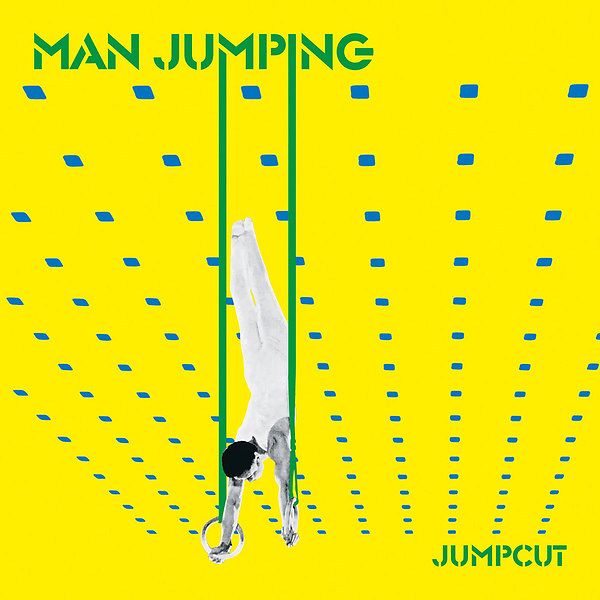

""Editors have different styles, so the movie becomes a hodgepodge.'' Richard Marks, who edited ""Assassins'' last year in a rushed seven weeks, says, ""It's insane.


""The vision goes,'' explains editor Tom Rolf (""Heat''). To make the opening dates determined by the marketing departments, teams of editors frequently come in to ""gang bang'' a movie. ""Computers do save time to an extent, but not as much as producers thought.'' ""Editors are terribly upset about what's going on,'' says Thelma Schoonmaker, who cuts Martin Scorsese's films. Since time is huge money in Hollywood, executives figure that the time spent in post-production can now be cut in half. The studios, naturally, want a bottom-line return for the hundreds of thousands they've spent on their digital systems. It's the much touted speed of these new machines that has led to problems. As Walter Murch, the legendary sound editor of ""Apocalypse Now,'' puts it, ""If God wants to punish you, he gives you what you want.'' Almost unanimously, editors rave about their new machines - and complain that the quality of their lives, and of the work, has gone to hell. For most editors the blade of revolution has a double edge. It's everything I ever hoped editing could be.''īut not everyone is rejoicing. ""You don't have to tear the movie completely down and put it back together. Each editor works in a separate room the assistants are in the basement, where they convert the film to video, digitize it and painstakingly catalog the footage. Howard is working with the two editors who won Oscars for ""Apollo 13,'' Mike Hill and Dan Hanley, but this is the director's first venture onto digital. All you hear is the voices coming from the computer screens - where Mel Gibson, as an airline magnate, learns his son has been kidnapped - and the clicking of the keyboard. Now, when you walk into the old house in Greenwich, Conn., where Ron Howard is putting together his big fall thriller, ""Ransom,'' there's a ghostly quiet. In the first 100 years of moviemaking, the editing room was a noisy, collaborative workplace where an assistant would sit beside the editor and get a hands-on demonstration of the art. You could say that in the digital universe all live-action films have the potential to become animation.

""I'm now editing within the frame.'' A crowd of a hundred extras can be multiplied into a horde of thousands. ""Traditionally the art of film editing was the juxtaposition of frames,'' Kobrin explains. The town the characters lived in was on the Canadian coast, but the mountains on view in the background were shot in Valdez, Alaska, and electronically laid into the image. In the current family movie ""Alaska,'' editor Kobrin, working with director Fraser Heston, literally moved mountains. In this brave new world the line between editing and special effects has blurred, the jobs of editing film and sound have started to merge, and it's sometimes hard to know where editing begins and cinematography and production design leave off. Want to create a dissolve, a fade, a wipe? Instead of shipping the film out to an optical shop, and waiting days for it to come back, an editor can create these transitions instantly on his computer, and just as easily lay in a temporary music score, a bomb explosion, a title. Infinite variations of a scene can be stored and called up for review and comparison. In the weightless world of digital information, 150 miles of film can be stored on hard drives, and an editor with the press of a key or the click of a mouse can instantly access any visual or audio moment in the film. All that has changed, and the advantages are obvious. Traditional film editing was always a funky, hands-on proposition: reeling and unreeling spools of film, cutting and gluing pieces of celluloid together, working amid a sea of film that sometimes got trampled underfoot. ""If computer editing is hell, then I'm Satan,'' he boasts. ""I think it's the greatest thing since sliced bread,'' says Kobrin, 40, a self-appointed cheerleader for a technology that not everyone has welcomed. Today roughly 80 percent of Hollywood movies are edited on either Avid or its rival system, Lightworks. It was only one of four films edited that year on digital systems. In 1992 editor Rob Kobrin cut an entire feature, the thriller ""Needful Things,'' on an Avid computer. And it has altered, in ways both painful and salutary, the lives of the men and women who make movies. Not since the Moviola arrived, in the mid-1920s, has a machine so radically transformed the way movies are assembled - for both good and ill - or broadened the definition of film editing itself. IN THE PAST FOUR YEARS A QUIET revolution has occurred in the world of Hollywood filmmaking: the advent of digital editing on computers.


 0 kommentar(er)
0 kommentar(er)
